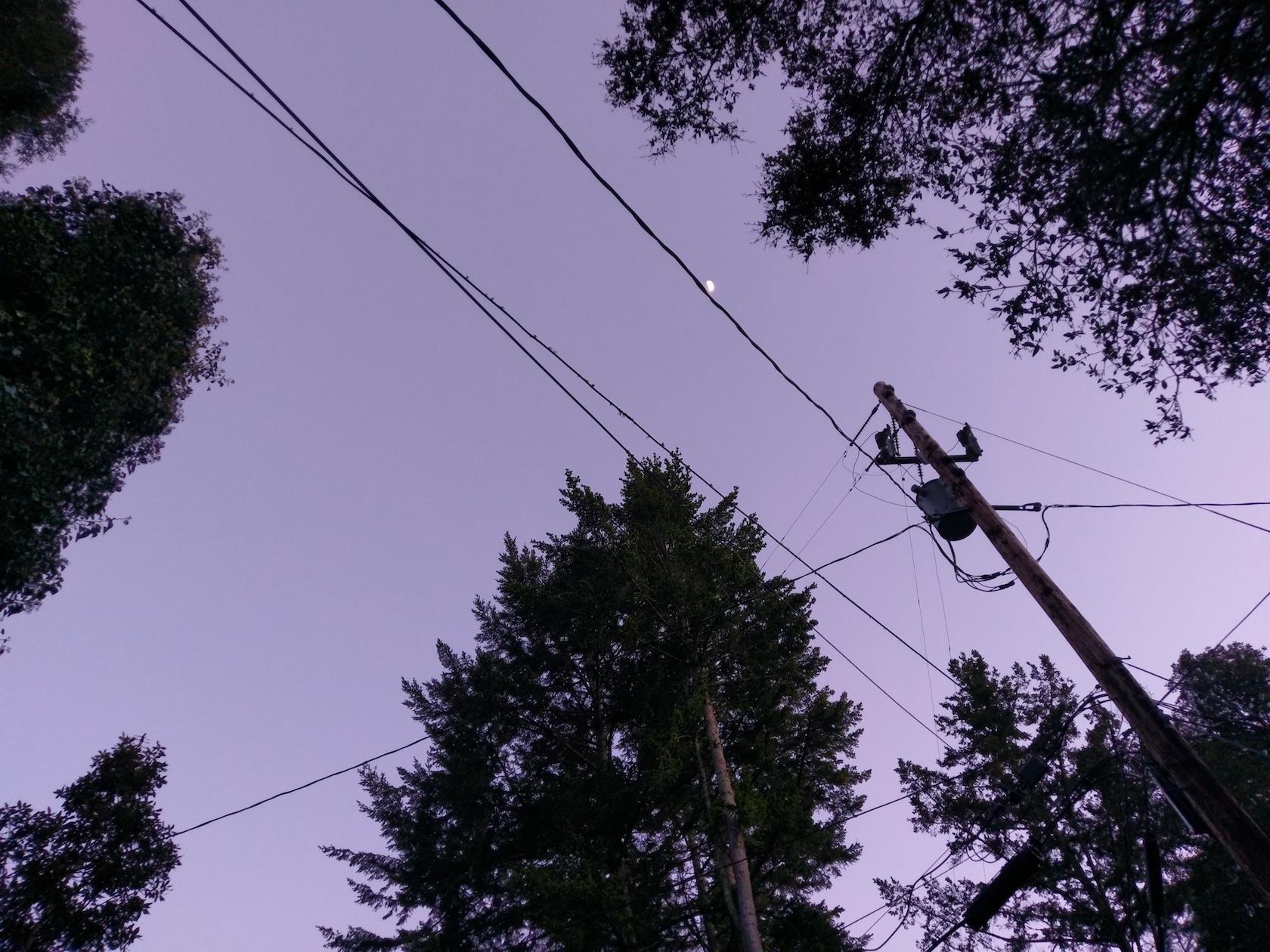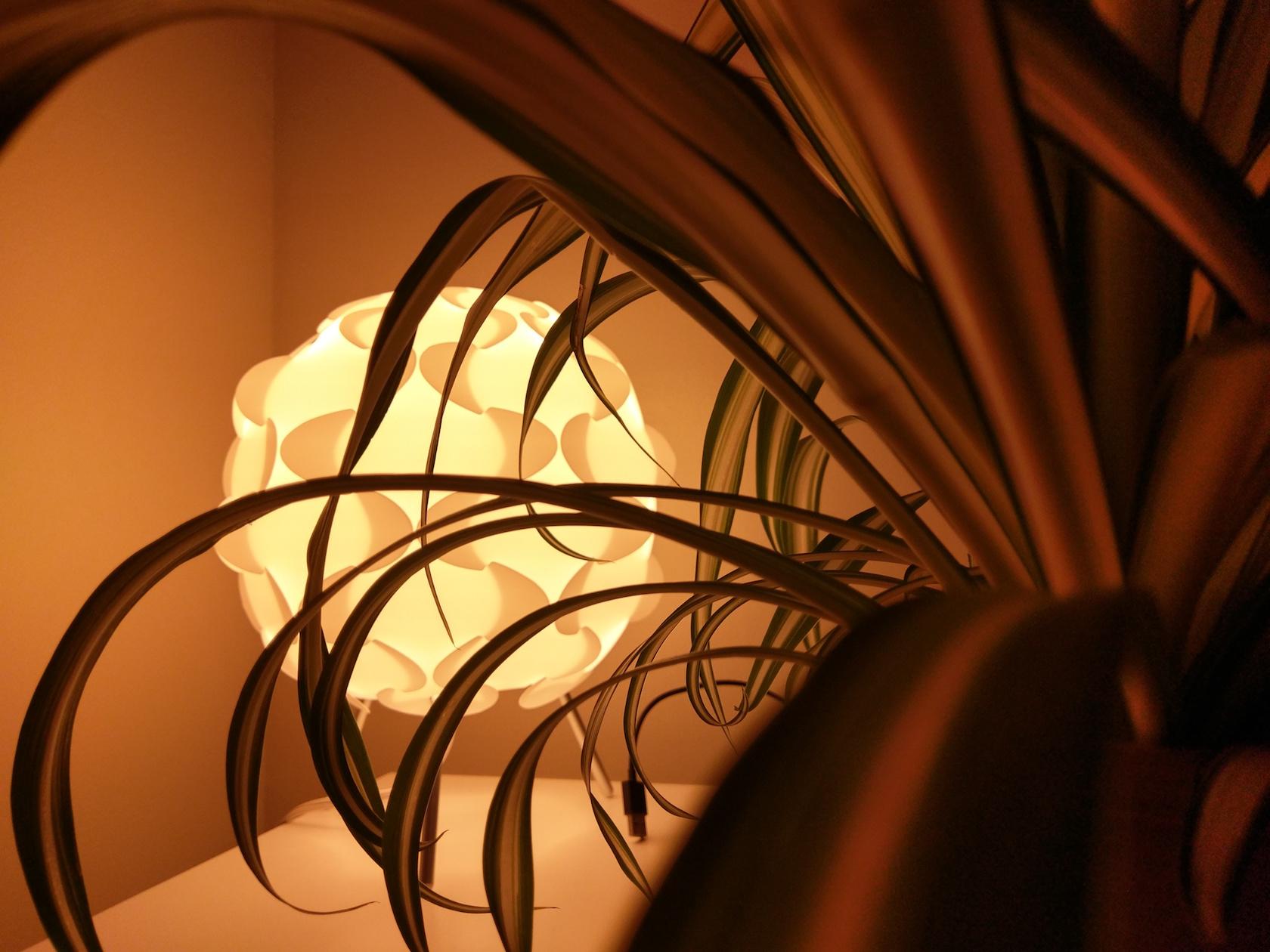HTC 10 Camera Review: Teething Pains For UltraPixel 2
With camera performance one of the key decision points for new smartphone buyers, the HTC 10 can't afford to screw up when it comes to photography. Unfortunately, that's not been an area where HTC has done especially well in its past few devices, after its aborted attempt at dual-lens cleverness on the One M8, followed by an underwhelming chase for megapixels on the One M9. I've been living with the HTC 10 for more than a week now, and it turns out there's good news and bad.
UltraPixel makes a welcome return on the HTC 10, though it's a second-generation evolution of the system. On the One M7, UltraPixel had four-megapixels, with each pixel being 2.0 microns in size; HTC's theory was that, though you sacrificed overall resolution, the improvement in low-light performance should make up for that.
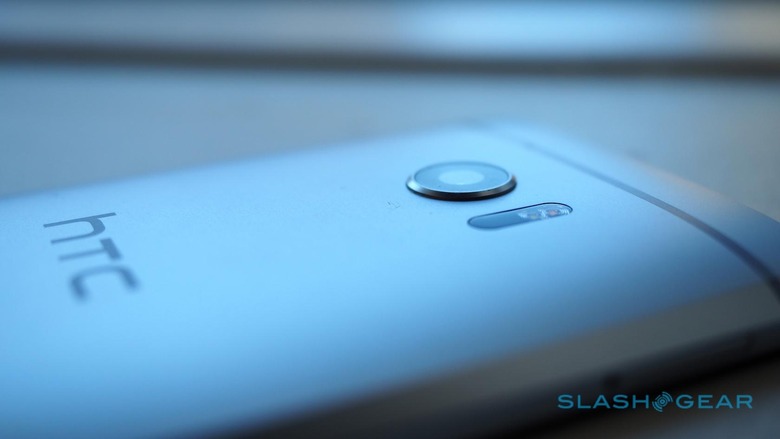
The One M7 certainly did well when things got dark, but as rival smartphones ramped up on megapixels it struggled to compete, especially when shots were cropped. For UltraPixel 2, HTC has struck a different compromise: now you get 12-megapixels, a number far more competitive on paper at least, but the pixels are smaller than before, at 1.55 microns apiece.
Rather than Google's rather spartan camera app, HTC opted to provide its homegrown alternative as the default. It's been polished since we saw it last, too, shifting the various modes into a more readily-accessed menu, so that you spend less time away from the camera preview.
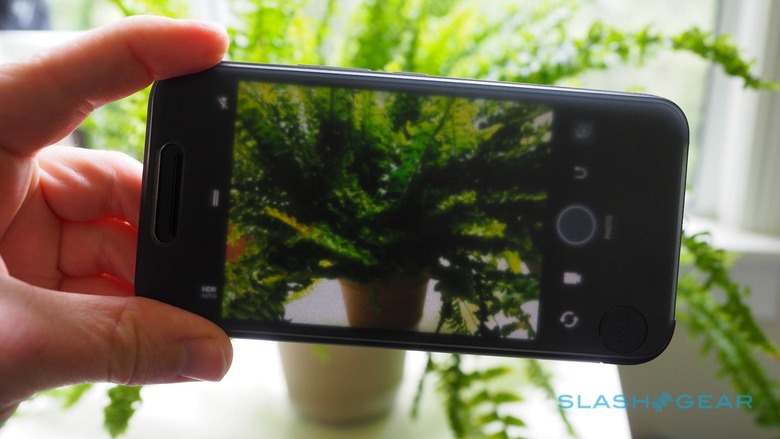
It's fast-loading, which is welcome, and quickly ready to capture the first shot. You can either hit the on-screen button or, optionally, set the volume-down key to act as a physical shutter release, though the positioning of that does still leave me wishing there was a dedicated key for it.
In a rather unusual UX decision, HTC has eschewed the usual smartphone camera practice of setting both focus and exposure point wherever you tap on the screen, and doing so only locks focus.
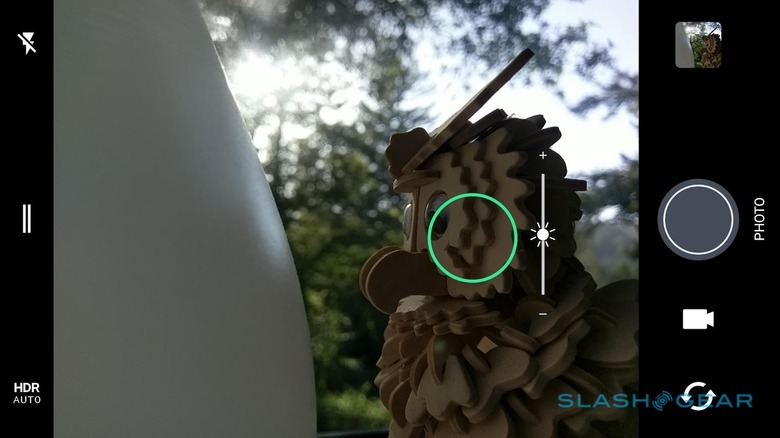
Exposure, meanwhile, is controlled separately with a slider that pops up next to the focus circle. Now, sliding a finger up and down the screen isn't especially difficult to do – though in bright situations where I couldn't quite see the HTC 10's screen clearly, I was never quite sure that I'd got the exposure quite right – but it is an extra step when you just want a photo taken; I much prefer how it's handled on the iPhone, for instance, where AF and AE are set simultaneously but you can then manually adjust the latter by swiping up and down.
Even if it can be fiddly at times, provide the HTC 10 with decent light and UltraPixel 2 can produce some excellent images. A field of wild grasses looked suitably dreamy, only really lacking the bokeh to make it picture-perfect. Colors strike a good balance between richness and accuracy, without the over-saturation some phones can resort to in order to make things punchy.

HDR is turned on by default, which is not necessarily a bad thing, though it does introduce a momentary pause after each capture as the phone does its processing. The optical image stabilization is likely helping with HDR there too – I've not noticed any blur after it pieces together the different exposures – though I do feel like it could be made better use of in less-than-optimum conditions.
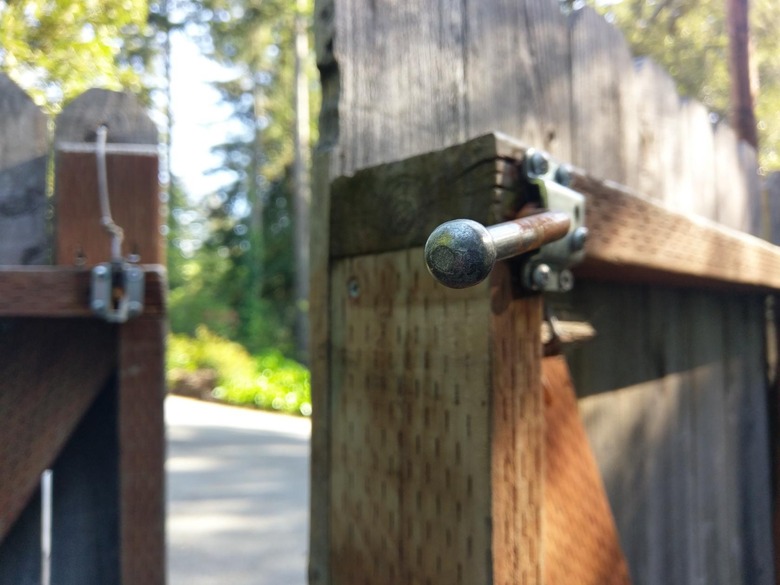
Expect more grain than you might first predict in lower-light shots, with noise intruding as the phone struggles more than you'd expect from a camera with OIS.
One odd behavior I've observed is a tendency for strong colors to throw off the tone of the shot overall. In the following image, in reality the white fur was actually white, but the HTC 10 seems to have become confused by the vivid green of the plants outside and has skewed the whole frame.
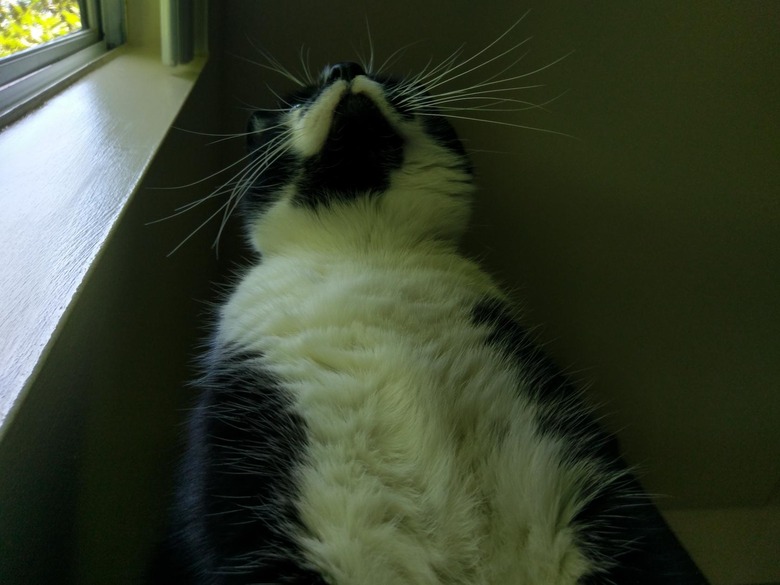
The most frustrating part of the HTC 10's camera in my testing, though, has been the new laser autofocus system. According to HTC, it's wider in range and width than the systems we've seen on earlier Android phones, using phase-detection across the whole frame for a more accurate lock.
In practice, it's not been so consistent an improvement. Daytime shots, or those where there's bright enough lighting, aren't a problem: then, the HTC 10 generally locks focus either of its own accord or wherever you tap on the preview screen.

When things get darker, however, it can become a real problem. Left to its own devices, and the phone can spend awkward seconds drifting in and out of focus. Even tapping to set the focus point manually can fall short, and all too often I found I missed the shot I was aiming for.
Crank that frustration level up by a factor of ten if your subject is moving. I picked a relatively placid moment for an impromptu photo-shoot with my cat, Penelope, and ended up with perhaps three in-focus pictures out of more 20-30 attempts.
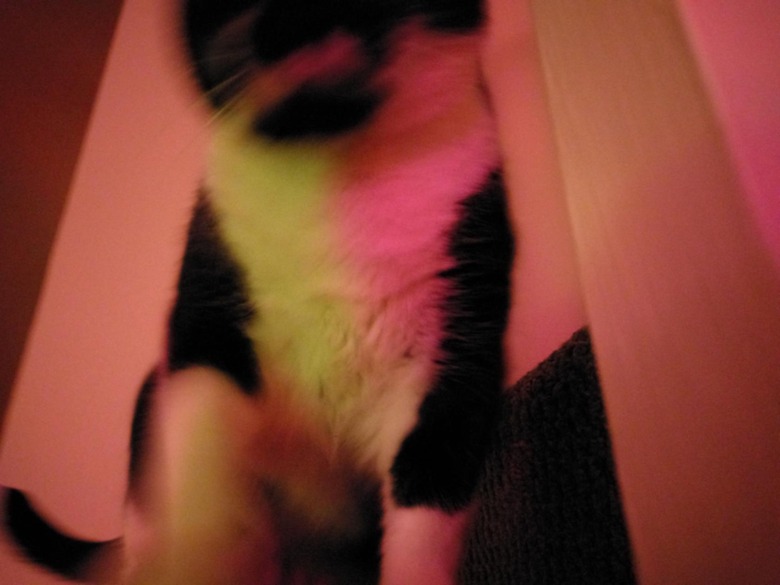
Of those which were actually sufficiently crisp enough to be useful, the lag between my tapping to take the shot and the HTC 10 capturing it was so great, two of the three lost any semblance of the composition I was aiming for. Really, it was only a matter of luck that she hadn't moved more and spoiled the focus.
I've also been less than impressed by the HTC 10's macro abilities. Distances that, on an iPhone 6s or a Galaxy S7 would present no issues, are simply too close for the HTC to focus on. The following shot is about as close to the tipsy cat as I could get and still have it crisp.

Throw in the tendency for the "Laser auto focus blocked" warning to flash up, even when you'd swear you had no fingers, toes, or any other extremities anywhere near the lens – you have to wait a moment for the message to clear before you can try again – and the whole thing can be very hit-or-miss.
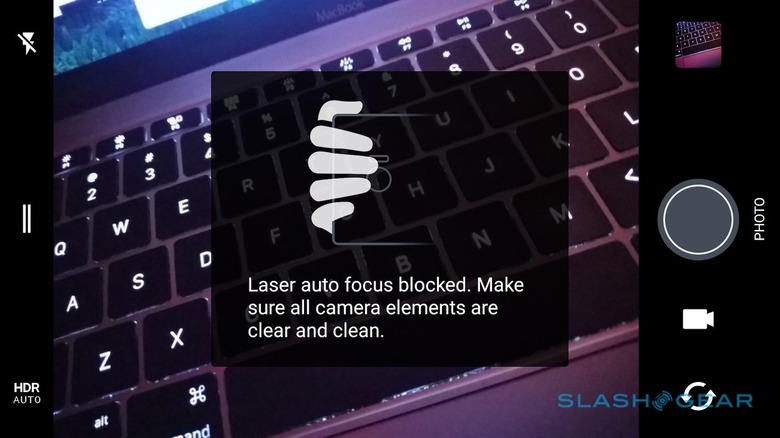
For all my criticisms, I do feel like the core of the HTC 10's photography experience is good, and that most of the issues I encountered could be addressed by software tweaks.
Those improvements could happen sooner rather than later, too. HTC tells me that it's on track to release a Camera app update in around two weeks time, which will address some of the early criticisms around autofocus in particular. That'll be pushed out via the Google Play store.
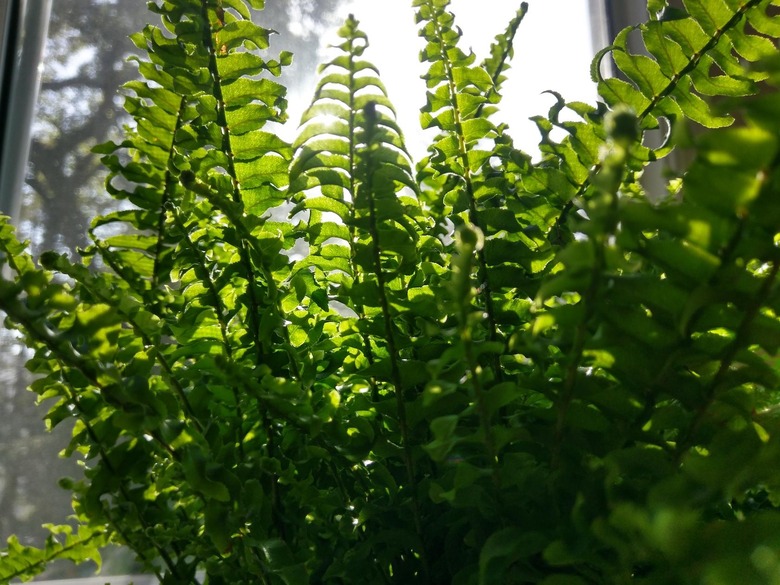
Compared to the iPhone 6s and the Galaxy S7, though, the HTC 10 as-is falls short when it comes to everyday convenience. Given time and ideal lighting conditions, and the images it produces are excellent; similarly, if you're willing to deal with RAW post-processing, there's even more detail to be had than settling for the in-camera JPEG conversion.
NOW READ: Everything you need to know about the HTC 10
Nonetheless, the focus frustrations and – most damningly for something bearing the UltraPixel branding – underwhelming low-light performance shave away at its usefulness as a go-to camera. There's potential there, but HTC needs to work a little harder in order to fully unlock it.
There are more sample shots from the HTC 10 in the gallery below, and we'll have a full review of the Android flagship very soon!
[gallerybanner p="436255"]




